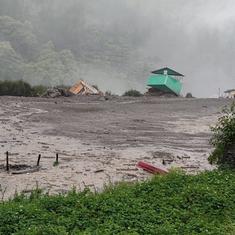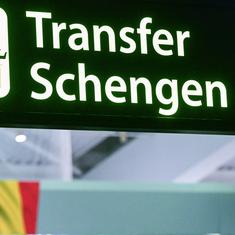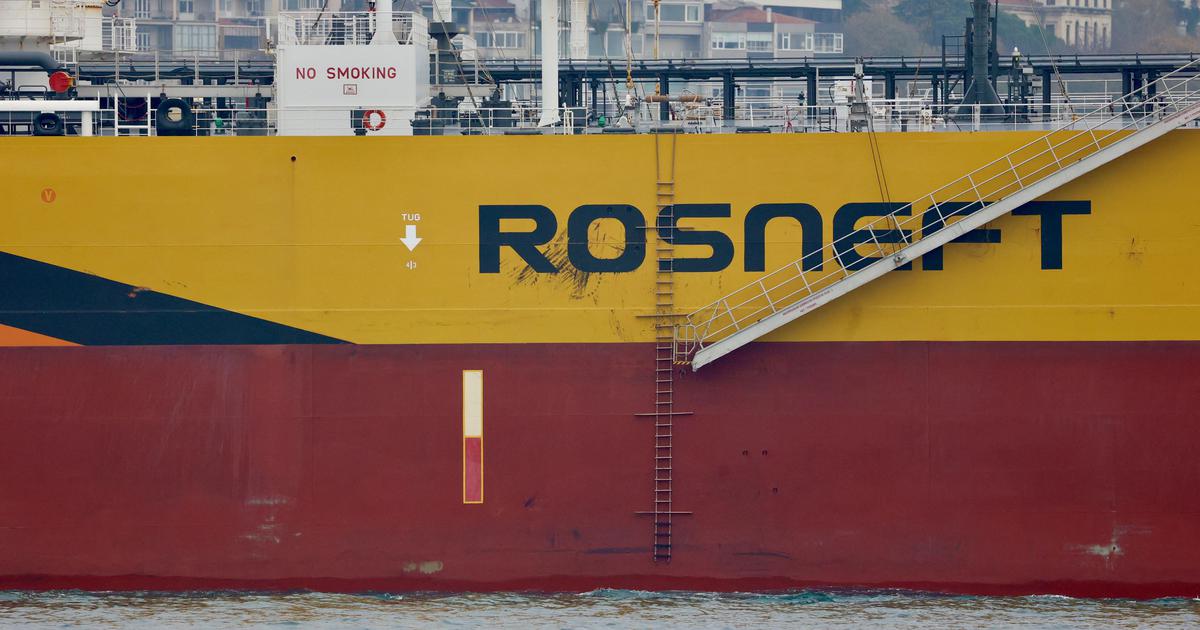The US has threatened to impose an unspecified penalty in addition to 25% punitive tariffs on India for its imports of Russian oil. To avoid these sanctions without harming India’s economic interests, India has two broad options: restructuring supply chains or diversifying export markets.
Using the first option, India can reduce its dependence on Russian oil by reverting to traditional oil-importing routes, such as the Middle East, the US, Africa, and Latin America. Or, India can identify alternative markets beyond the European Union, such as the Asia-Pacific and African countries, for exporting refined oil products.
The sanctions by the EU on Russia introduced significant uncertainty and volatility in the global oil market. While European countries have established new supply relationships with Middle Eastern producers, Russian oil flows have shifted predominantly to Asia.
The top three destinations for Russian crude oil exports are: India (with a 28% share and 1.69 million barrels per day (mbd)), China (with an 18% share and 1.09 mbd) and Turkey (with a 7% share and 0.4 mbd). Countries like India, which have significantly increased their crude oil imports from Russia in recent times and enhanced export of refined petroleum products to Europe, may face challenges due to the sanctions.
The EU sanctions have significantly altered Russia’s energy trade dynamics. Prior to the conflict, in 2021, Russia’s exports to Asia and Oceania accounted for 34% of its crude oil and 16% of its petroleum products.
However, by 2024, this region became the primary destination for 63% of Russia’s crude oil exports and 36% of its petroleum product exports. To attract buyers, Russia has been offering substantial discounts on its crude oil, pricing it $15-$20 below the international benchmark price.
As a result, India emerged as Russia’s largest crude oil importer between 2023 and 2024, surpassing China. During this period, India’s share of Russian crude oil imports increased from 30% to 34%, while China’s share decreased from 32% to 26%.
Indian refiners, including Reliance Industries and Nayara Energy, have leveraged the discounted prices of Russian crude oil to ramp up imports, refining the oil into products like diesel and jet fuel for export to European markets.
This shift has been dramatic: in 2021-’22, Russia ranked 10th among India’s crude oil suppliers, accounting for a mere 2% share. However, by 2024-’25, Russia became India’s top crude oil import source, with a 35% share.
The value of imports from Russia surged from $1.1 billion to $50.2 billion during this period. In June 2025, India imported 2.08 million barrels per day (mbd) of Russian crude, the highest since July 2024.
Similarly, China’s crude oil imports from Russia have also seen a notable increase, rising from $40.5 billion in 2021 (16% share of Chinese crude imports) to $60.7 billion in 2023 (18% share, ranking first).
India’s exports of refined petroleum products to the EU have seen a significant increase reaching $19.2 billion in 2023-24, up from $8.7 billion in 2021-’22. In 2021-’22, 13% of India’s refined petroleum products were exported to the 27 EU countries, and 16% to the broader European region. By 2024-’25, these shares had risen to 24% and 26%, respectively.
Indian refiners who contributed 16% of Europe’s imports of diesel and jet fuel in 2024, are now at high risk due to the EU’s new sanctions announced in May on exports made from Russian crude.
Europe had emerged as the top destination for Indian petroleum products. The key products driving this growth included diesel, gasoline, aviation turbine fuel (ATF), and petrochemicals.
In October 2024, India’s exports to Europe comprised 238,000 barrels per day (bpd) of diesel and 81,000 bpd of aviation fuel. Netherlands ranked number one among European countries with 21% share in 2024-’25. France, Belgium and Italy are other major European partners for export of refined petroproducts.
However, there’s a notable exemption for refined petroleum product exports made from Russian imports if the country is a net crude exporter. This exemption could benefit Middle Eastern refineries, allowing them to continue exporting to Europe. As a result, Indian refiners may face additional competition in the European market.
The EU had previously relied heavily on Russia for several key products, including petroleum oils, natural gas, iron and steel, nickel, and fertilisers, which accounted for over 60% of all EU imports from Russia. The decline in imports from Russia has been particularly notable in sectors like petroleum oils, natural gas and nickel.
Between 2023 and 2024, Russia’s share dropped from 29% to 2% for petroleum oils, with the import value declining from €14 billion to €1.5 billion. While the share decreased from 39% to 18% in case of natural gas, the decline in share is 41% to 19% for nickel.
To mitigate the impact of reduced imports of petroleum oils from Russia, the EU has increased its imports from USA, Saudi Arabia, Norway, and Kazakhstan.
European refineries, which were previously standardised with Russian crude (Urals grade), have to adapt to different crude standards which may cause operational inefficiency. The announcement of European sanctions on Russian crude triggered a surge in global oil prices, driven by concerns over potential supply disruptions.
To circumvent the sanctions, Russia has employed a “shadow fleet” of tankers to supply seaborne crude to export destinations. However, these vessels, often older and nearing the end of their lifespan, pose significant environmental and safety risks due to their lower standards.
Furthermore, the increased shipping distances and costs associated with seaborne crude trade, both for European imports from the US or Middle East and Russian exports to Asia, raise additional environmental concerns.
India faces a strategic choice: comply with US pressure (follow traditional import sources) or proactively diversify its export markets and explore new business models, such as investing in refining capacity in regions not subject to such restrictions.
Saswata Chaudhury is Senior Fellow & Area Convenor, Energy Assessment and Modelling Division, The Energy and Resources Institute, New Delhi.
Originally published under Creative Commons by 360info™.










